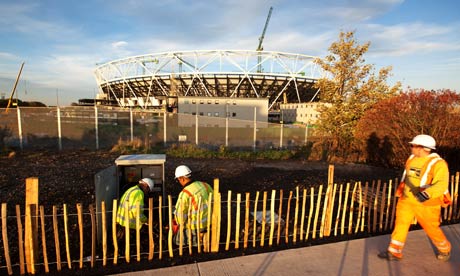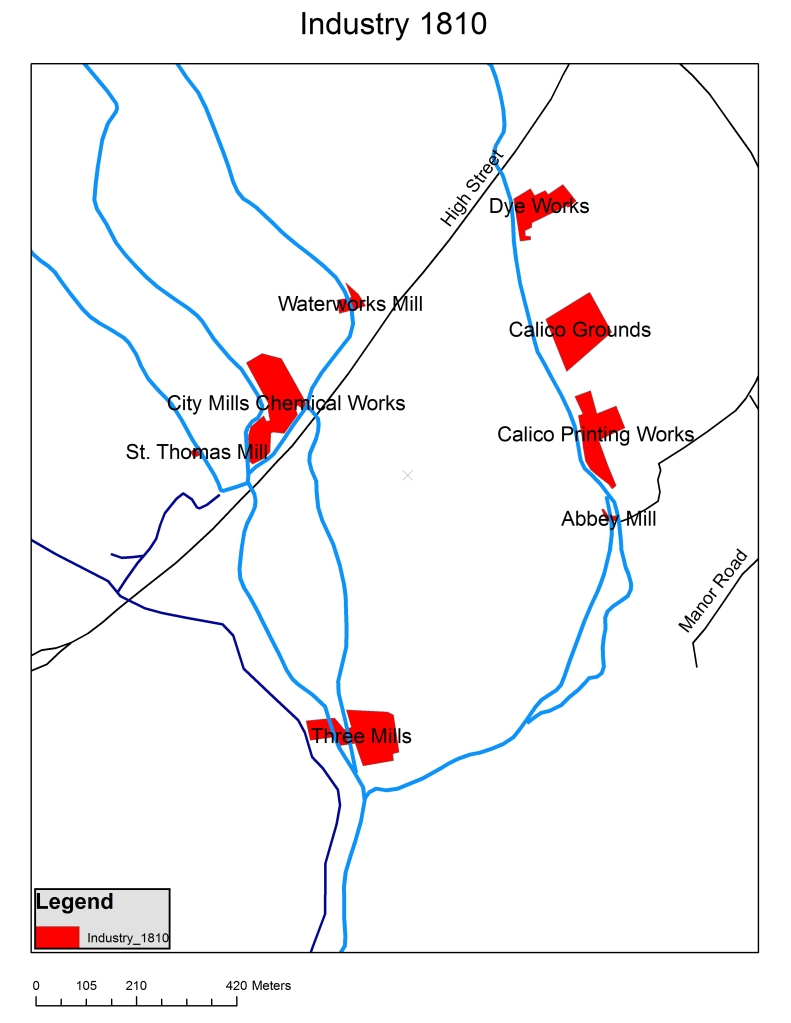Olympic site begins to take shape, but the Lea remains polluted

http://www.guardian.co.uk/uk/2009/oct/30/stratford-london-2012-olympics
The Guardian published another article on the Olympic transformation taking place in West Ham. Anna Kessel is impressed by the changes in the landscape and she looks forward to the time when the Lea is transformed into a more pleasant river. Interestingly enough, she is not the first person to bemoan the condition of the Lower Lea and its back rivers that flow through the 2012 Olympic site. In 1844, decades before the height of the industrial boom in West Ham, James Thorne, in his book Rambles by Rivers, talks about the Lower Lea and its degraded industrial condition:
But by this time our river has ceased to be either picturesque or interesting: lime-kilns, calico-printing, and distilleries are the most prominent objects along its banks; and however useful these may be, they are not agreeable to either nose or eye.
